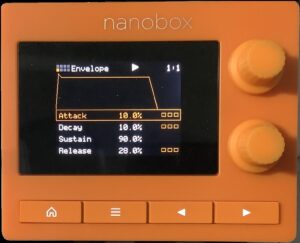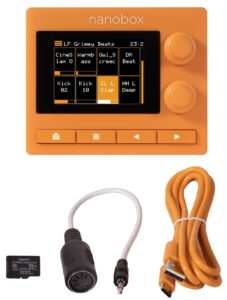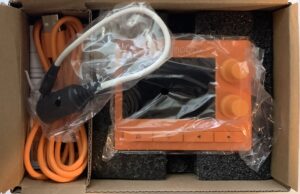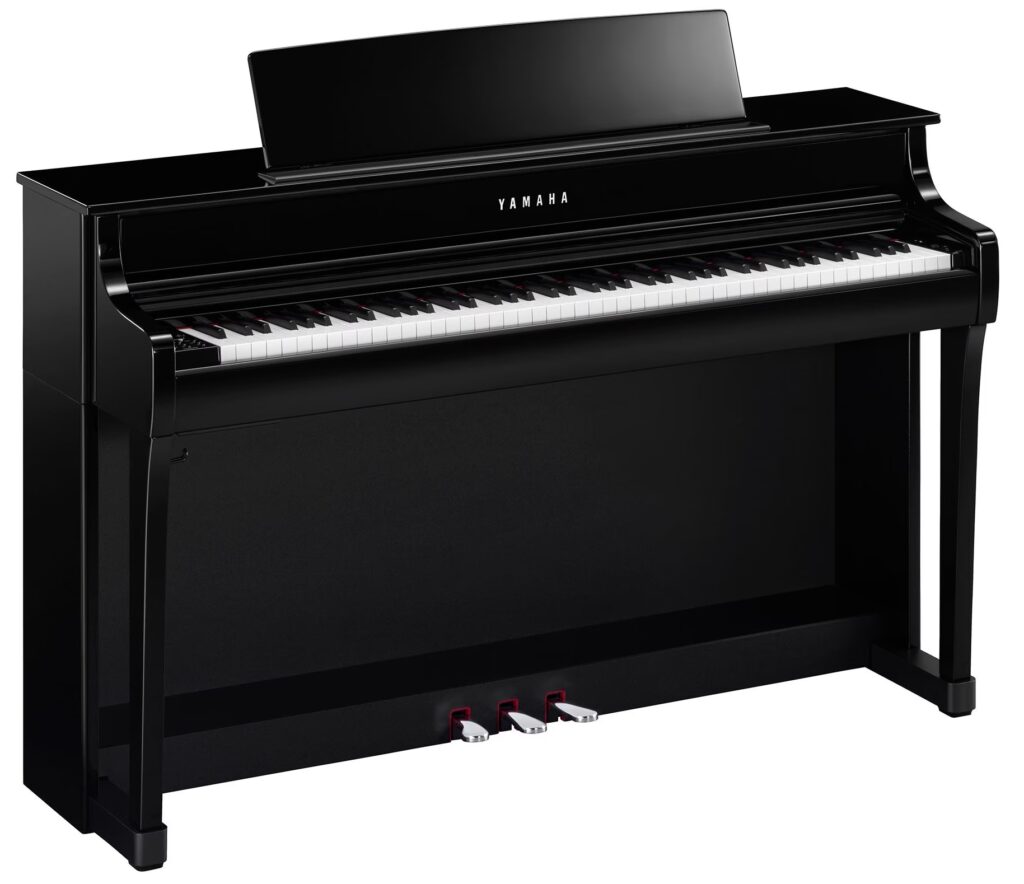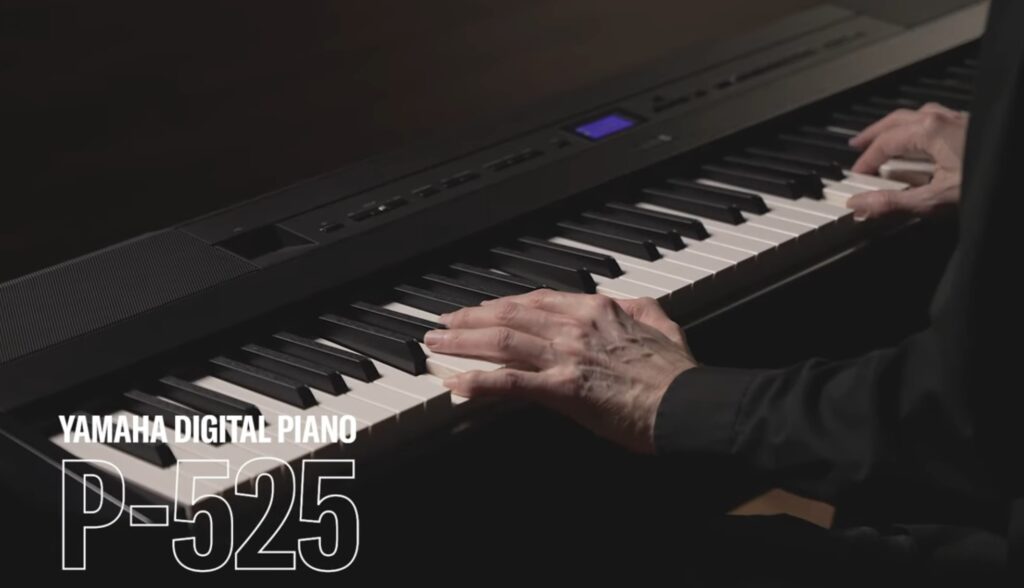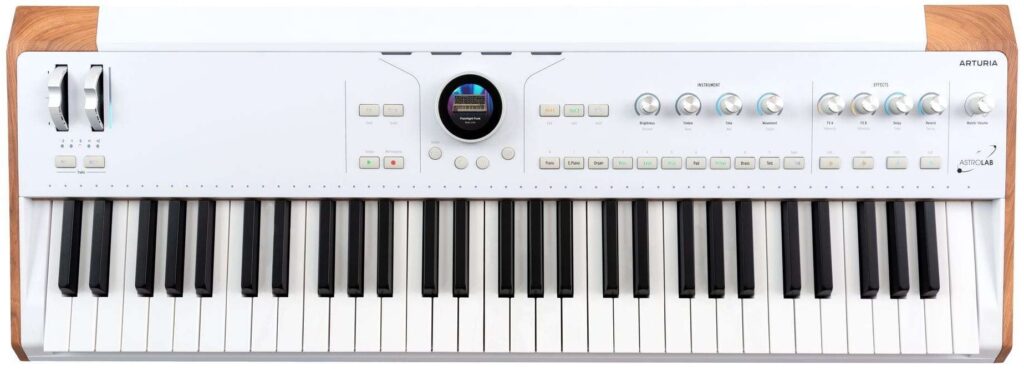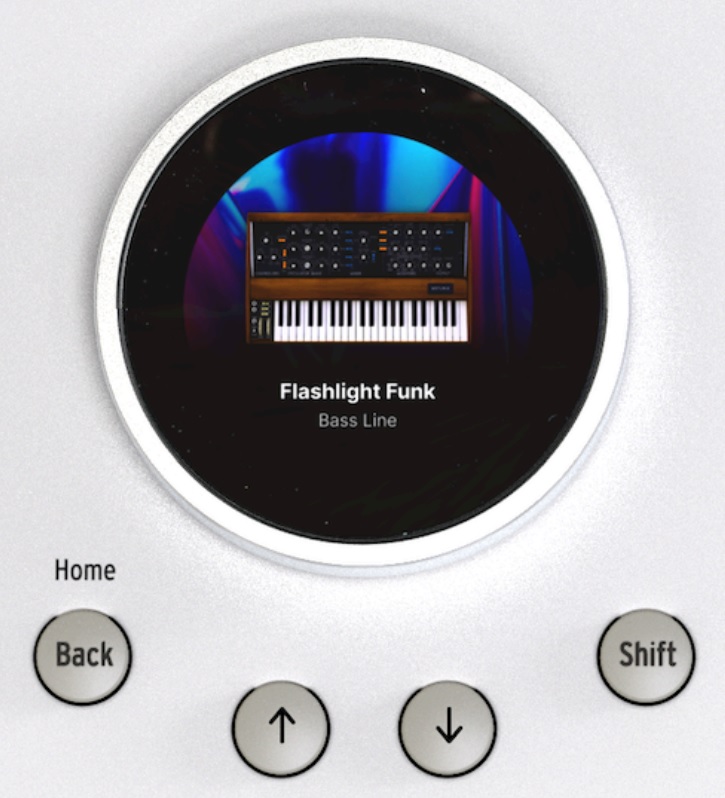I’m well into the process of sampling Genos/CSP electric pianos using 1010Music tangerine. I’ll have more to say about the process of sampling the EPs in a later post. Today’s blog is laden with enough detail about EP velocity levels to make your eyes roll. Suffice to say, one needs to know where the levels are in the source material before choosing exact velocities for sampling.
There are so many Genos EP voices that I produced a short list of my favorites:
Genos/PSR/CSP electric pianos Voice MSB/LSB/PC1 Velocity ranges ---------------- ----------- -------------------------------------- Magnetics 104/0/5 1-75 76-104 105-115 116-127 Electric Piano 1 0/119/5 1-75 76-106 106-127 Electric Piano 2 0/122/5 1-60 61- 81 82-112 113-127 SmoothTine 0/119/6 1-70 71-100 101-127 SuitcaseSoft 104/7/5 1-46 47- 75 76- 99 100-118 119-127 SuitcaseWarmth 104/14/5 1-46 47- 75 76- 99 100-118 119-127
I like the warm bell-like character of Magnetics. This voice have been around for ages — Tyros 4! Still, oldies can be goodies. Electric Piano 2 is unique to the CSP/CLP instruments and has a nice, unaggressive character.
I decided to sample: Magnetics, Electric Piano 2, and SuitcaseSoft. Those three voices give me a big enough spectrum of tone colors. I determined source voice velocity ranges by sending fixed velocity values to Genos/CSP and listening for velocity steps. I verified the velocity ranges against UVF meta-data when possible.
For comparison’s sake, I took a brief look at a few MODX voices to identify the waveforms in use (and typical velocity ranges). Here’s a mini-dump:
MODX/Motif electric pianos
Performance Wave
---------------- ----
Vintage 74 EP1 3 levels: Soft, Med, Hard
R&B Soft EP3 4 levels: Soft1, Soft2, Hard1, Hard2
Early 70s EP1
Soft Case EP3
Crunchy Comp EP3
Vintage Case EP3
Hard Vintage EP1
Sweetness EP1
Case 75 Amp EP4 5 levels: p, mp, mf, f, ff
Dyno Chorus Rd EP2 4 levels: Soft1, Soft2, Hard1, Hard2
Dyno Straight MW EP2
E.Piano 1 EP3
After A/B testing, MODX EP4 is the same multi-sample as the Genos Suitcase, that is, comparing “Case 75 Amp” versus “SuitcaseSoft” with all effects and EQ turned off. Yamaha added the EP4 waveforms with Montage along with the new, detailed “Rd” and “Wr” multi-samples. Yamaha probably captured EP4 during the long gap between Motif XF and Montage, then tossed it into Montage along with the other new electric piano waveforms.
I also like the MODX Performance “Case 73 Soft”. It uses the newer Rhodes 73 waveforms:
Part 1 Part 2
---------------------- -------------------------
Rd73 p 1 - 49 Rd KeyNoise p 1 - 84
Rd73 mp 50 - 85 Rd KeyNoise mf 85 - 116
Rd73 mf 86 - 108 Rd KeyNoise f 117 - 127
Rd73 f 109 - 119 Rd KeyOff mf Keyoff
Rd73 ff 120 - 127 Rd KeyOff f Keyoff
Rd73 KeyOff Keyoff EP2 Soft1+ Keyoff
Rd73 KeyOff Keyoff EP2 Hard1+ Keyoff
EP2 Hard1+ Keyoff Rd Soft Keyoff Keyoff
Yamaha paid far more attention to mechanical noises in Montage/MODX. I’m in the process of punching up this Performance. [Yet another small distractions er, project.]
After a number of “lessons learned”, sampling EPs has progressed well. More to come about the actual process later.
For more about 1010Music tangerine, please see:
Check out my article about Yamaha piano voice programming.
Copyright © 2024 Paul J. Drongowski

